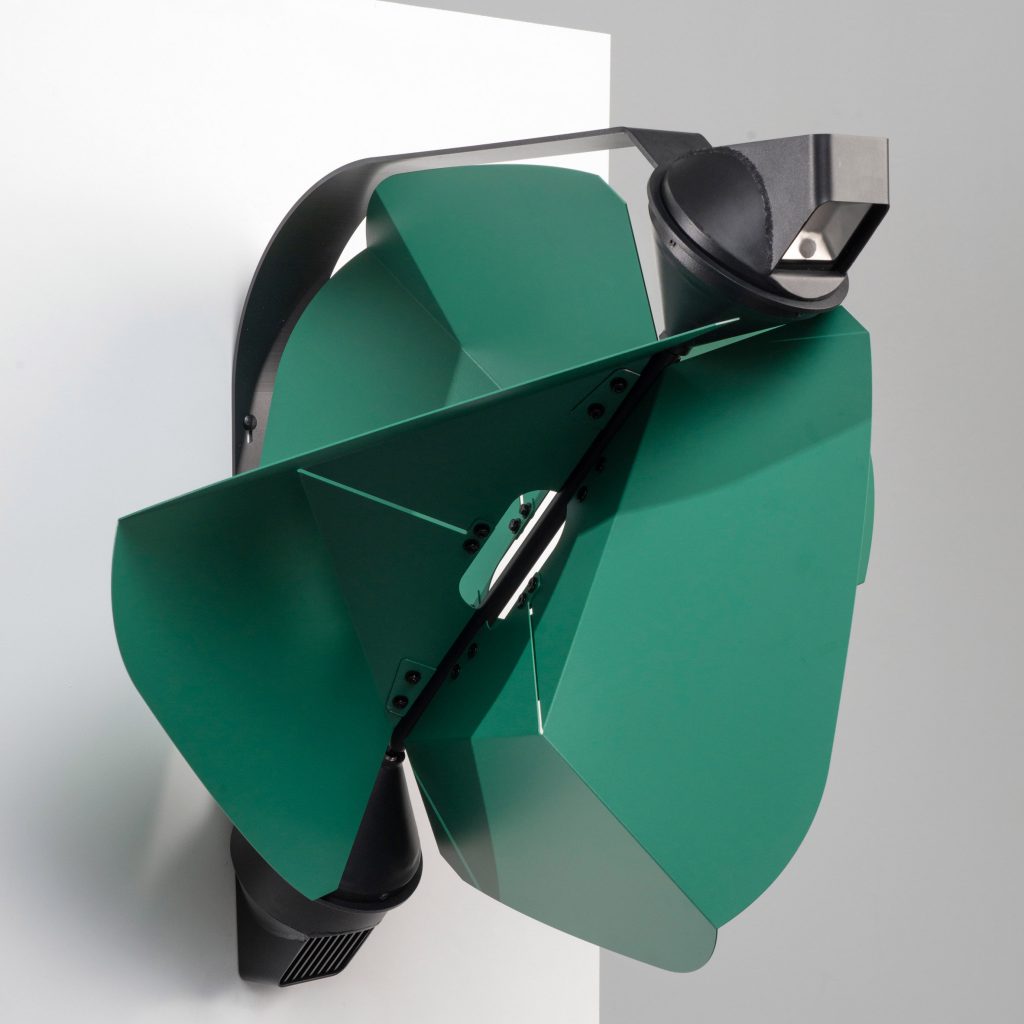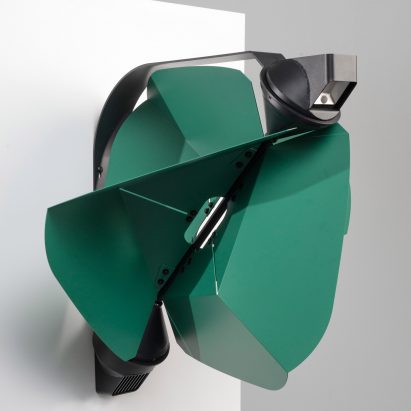
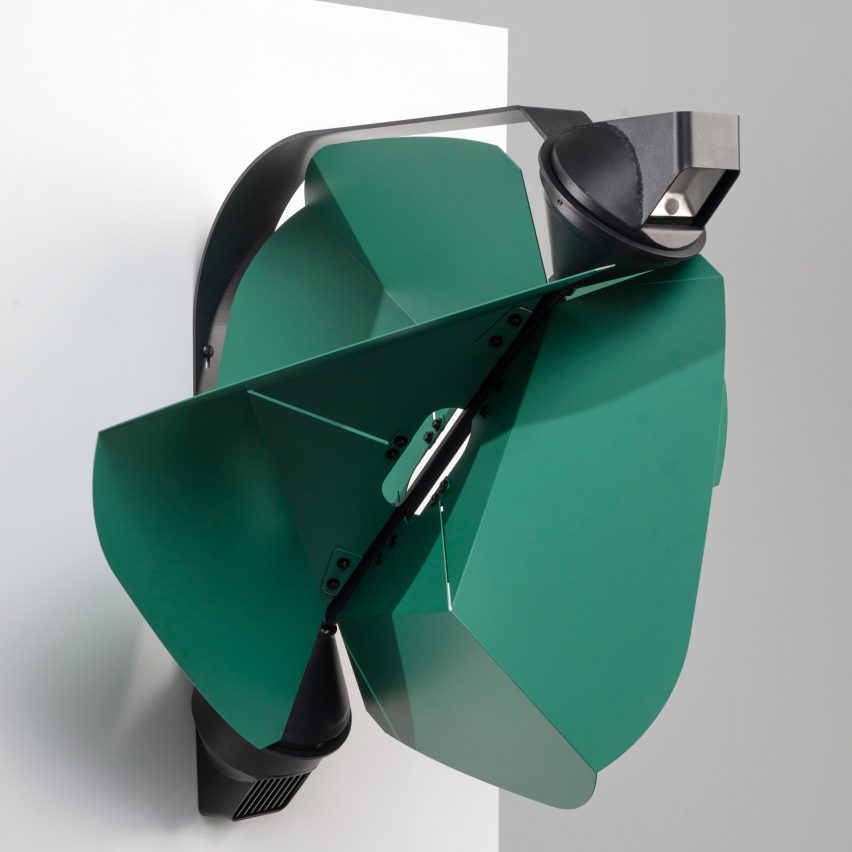
Berlin design student Tobias Trübenbacher has developed a lamp post with an integrated wind turbine that produces its own renewable energy and only lights up when needed.
Papilio was designed to slash the light pollution and emissions associated with street lighting and mitigate its impact on both humans and animals as well as the environment.
The motion-activated design uses wind – a natural, renewable energy source – to power its turbines.
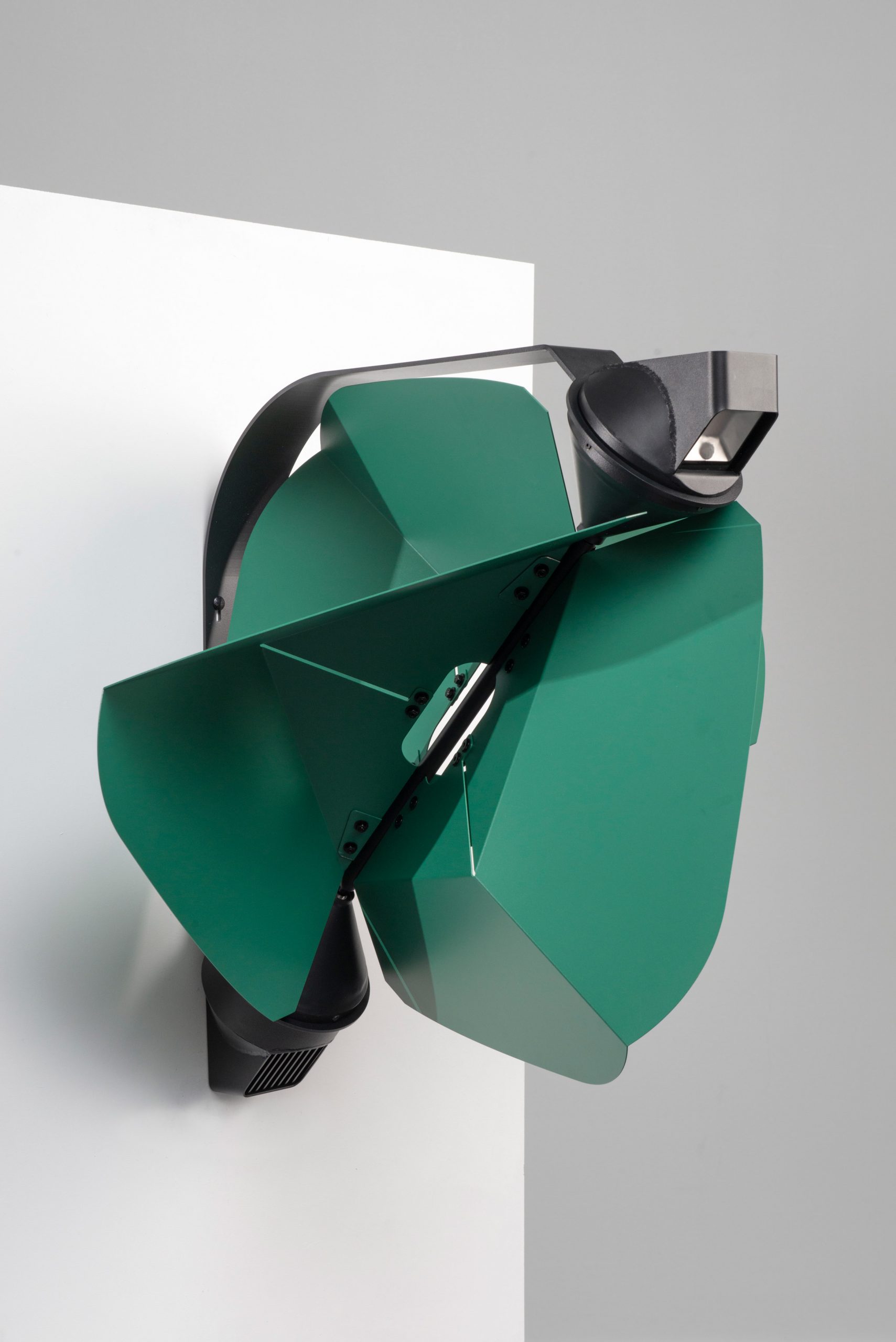 Above and top image: the Papilio light can be wall-mounted or freestanding
Above and top image: the Papilio light can be wall-mounted or freestanding
"If we want to maintain a future worth living in, we urgently need to transform our cities into climate-neutral, sustainable and less harmful places," Trübenbacher told Dezeen.
"We urgently need to tackle light pollution and the loss of biodiversity coming along with it. This can only happen if cities generate energy themselves – through locally embedded, decentralised systems and 'prosumer' products in huge quantities spread all over urban spaces. In this context, wind represents an often underestimated yet constantly growing potential."
 Its matt black body is designed to reflect as little light as possible
Its matt black body is designed to reflect as little light as possible
Papilio can be mounted to walls or set up as a freestanding lantern. The lamp should ideally be placed between three to six metres above ground, where ground-level winds are the strongest.
These winds are harnessed by a turquoise, pinwheel-shaped wind turbine with four aerodynamic rotor blades made of folded sheet metal.
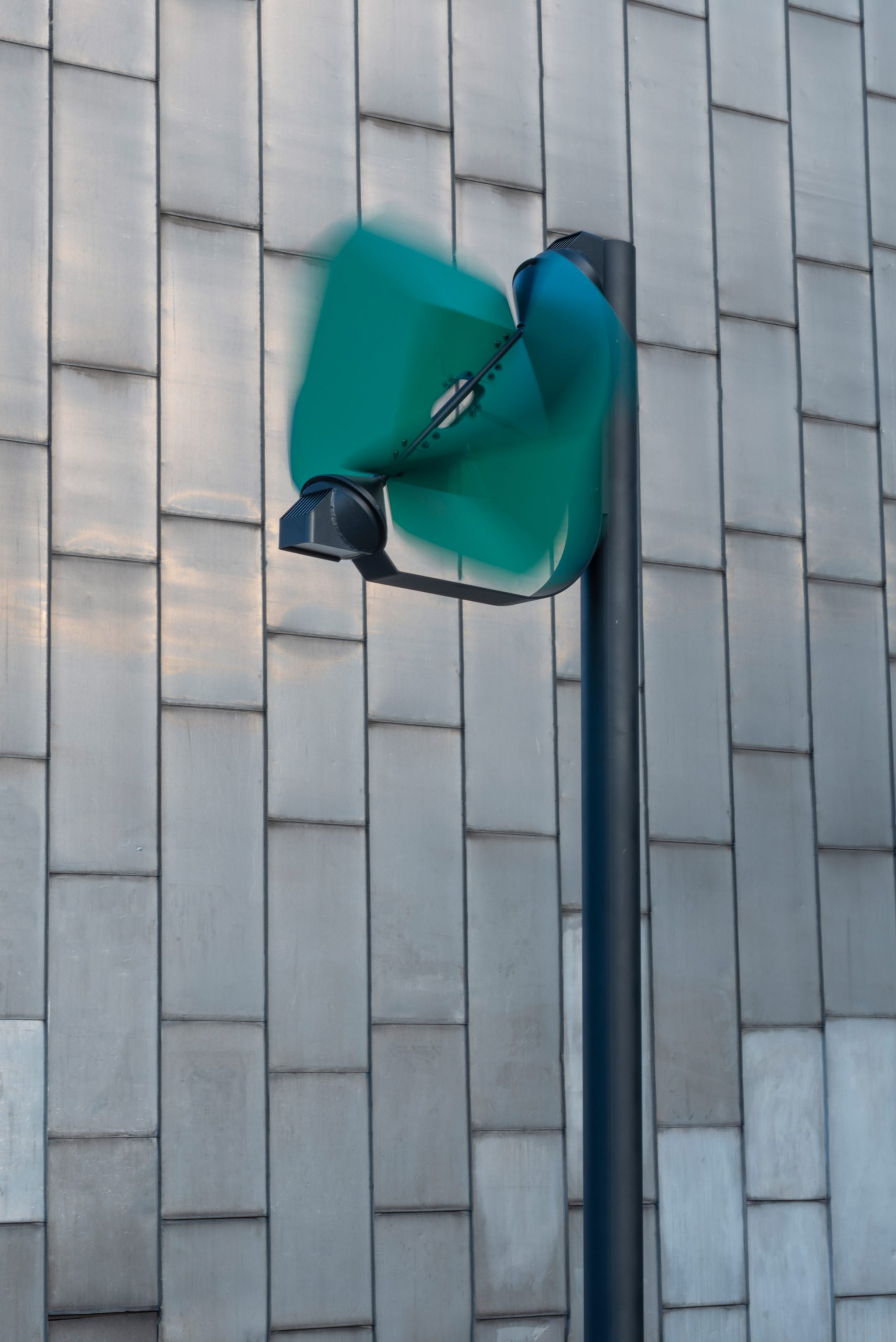 The turquoise wind turbine is propelled by urban airstreams
The turquoise wind turbine is propelled by urban airstreams
Angled diagonally, the rotor can reportedly make use of complex airflows in urban environments including natural currents, wind tunnels created by tall buildings and smaller airstreams caused by passing vehicles.
The turbine then converts the wind's kinetic energy into mechanical power, before an integrated 300-watt generator turns it into electricity and stores it in a rechargeable battery.
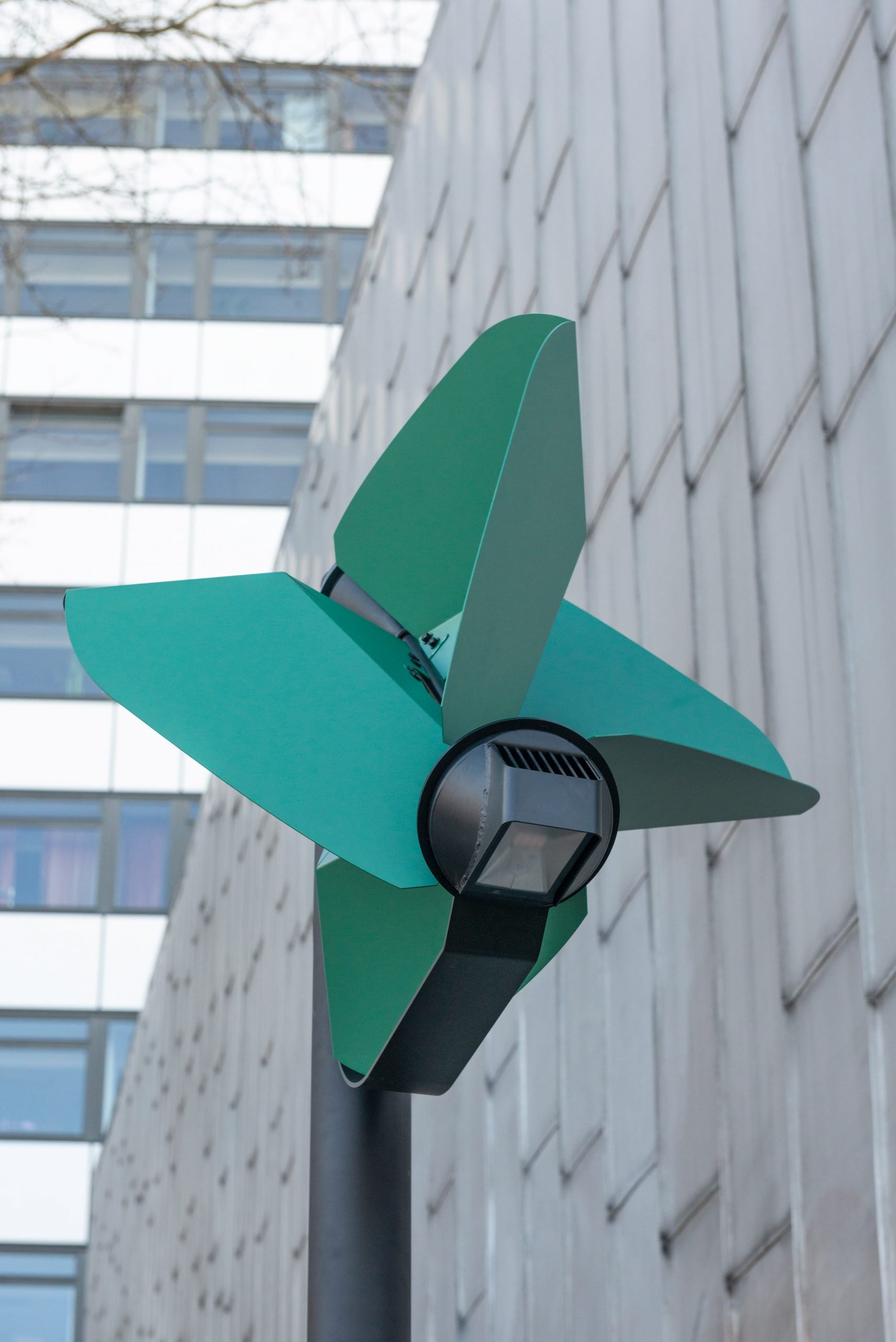 Its shape resembles a pinwheel
Its shape resembles a pinwheel
"I have already tested the lights at several locations in Berlin and under normal wind conditions, the generator generated an average of up to 12 volts of electricity at any given time," Trübenbacher explained.
"Since today's LED technology is becoming more and more efficient, this amount of energy is easily enough to charge the integrated battery and operate bright light."
Applied at scale, he says the light could help to illuminate our cities without generating carbon emissions along the way.
"The world's population continues to spend nearly a fifth of the total global electricity consumption on public lighting and thereby releases a significant amount of greenhouse gases," Trübenbacher said.
"In Germany alone, street lightning emits at the moment around 2.5 million tons of CO2 per year."
 Each turbine has four rotor blades made of folded sheet metal
Each turbine has four rotor blades made of folded sheet metal
Papilio is completely self-sufficient and could operate without the need for an "expensive underground electricity infrastructure", Trübenbacher explained.
Alternatively, the lights could be hooked up to the local power grid and divert any surplus energy to the city.
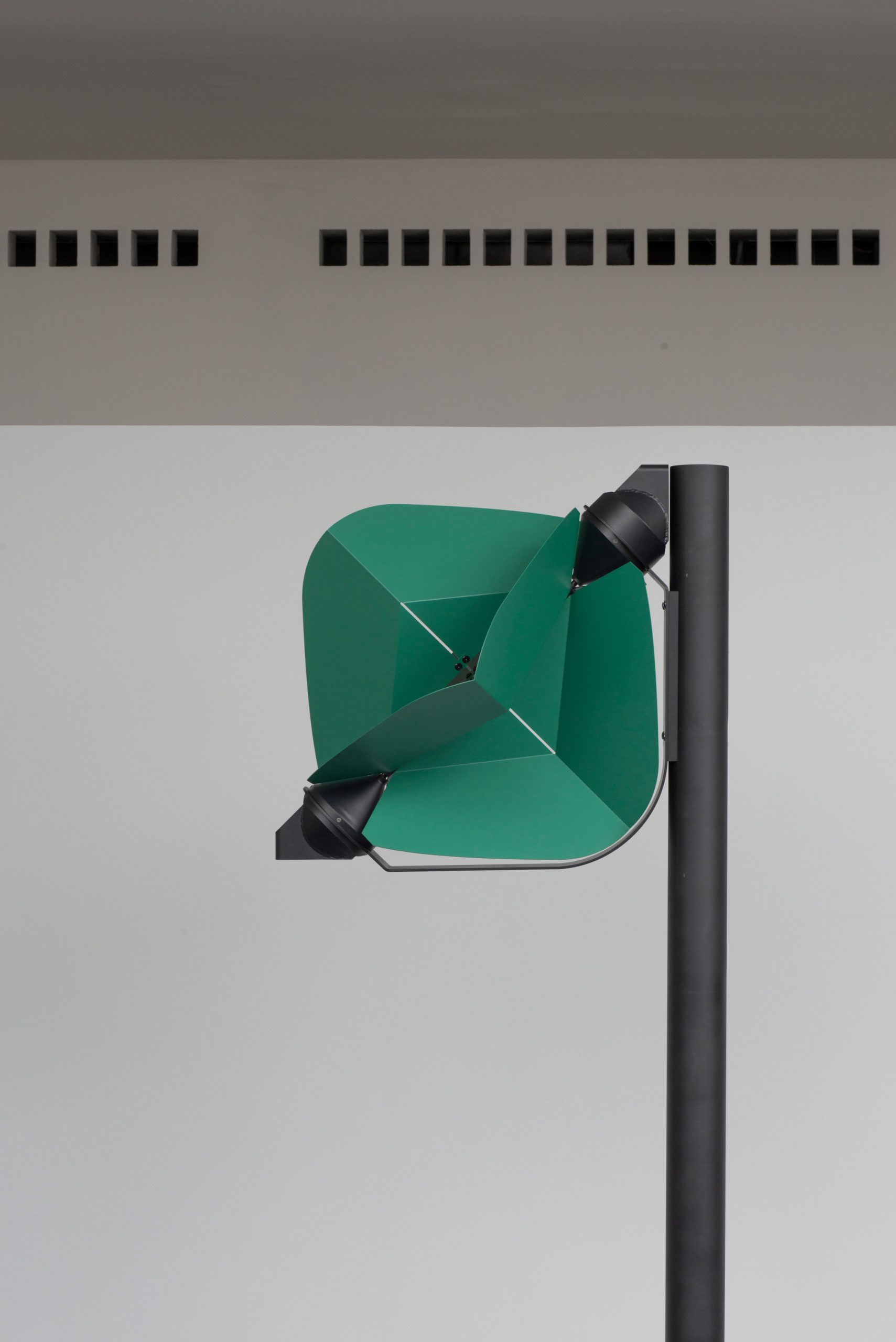 The light is a full cutoff fixture, meaning its head is pointed directly downward to minimise light pollution
The light is a full cutoff fixture, meaning its head is pointed directly downward to minimise light pollution
To mitigate the effects of light pollution on both people and animals, Papilio is equipped with an infrared motion sensor that only switches on the light when someone is passing by.
Its head is a so-called full cutoff fixture, meaning it is angled straight down towards the floor and does not emit any light upwards, while the light itself has an extra-warm, insect-friendly colour temperature of 2,800 Kelvin.
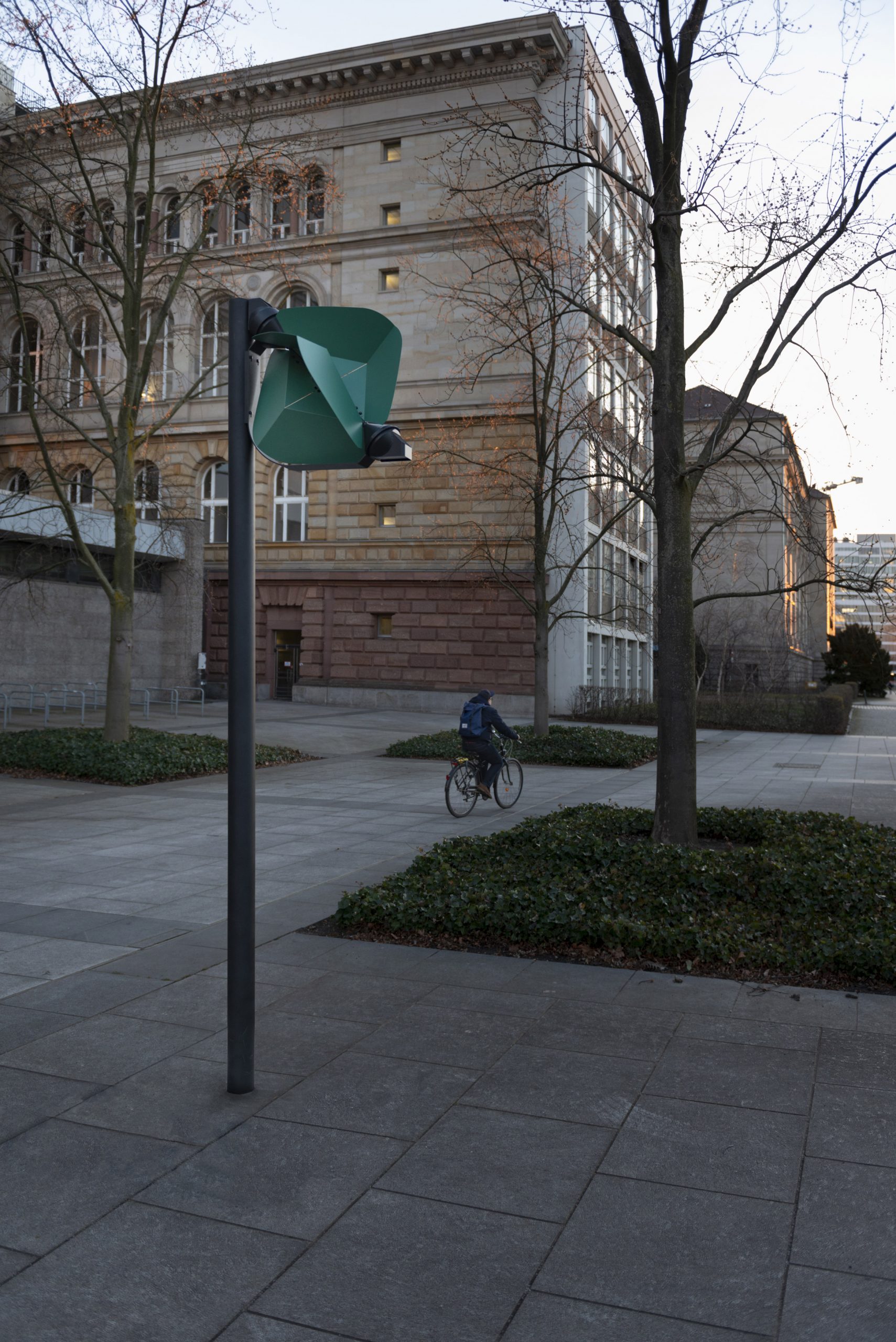 Trübenbacher tested the light in various locations in Berlin
Trübenbacher tested the light in various locations in Berlin
Trübenbacher fine-tuned the light spectrum in collaboration with a group of scientists and researchers to be less appealing to insects, whose attraction to conventional blue-toned street lights makes them vulnerable to predators as well as collisions, overheating and dehydration.
"Light pollution not only has bad health effects on humans – like causing sleep disorders, depression, cardiovascular diseases, diabetes and cancer – but has also a serious impact on flora and fauna," Trübenbacher explained.
"It is estimated that currently in Germany alone, in one single summer night around 1.2 billion insects die because of street lighting."
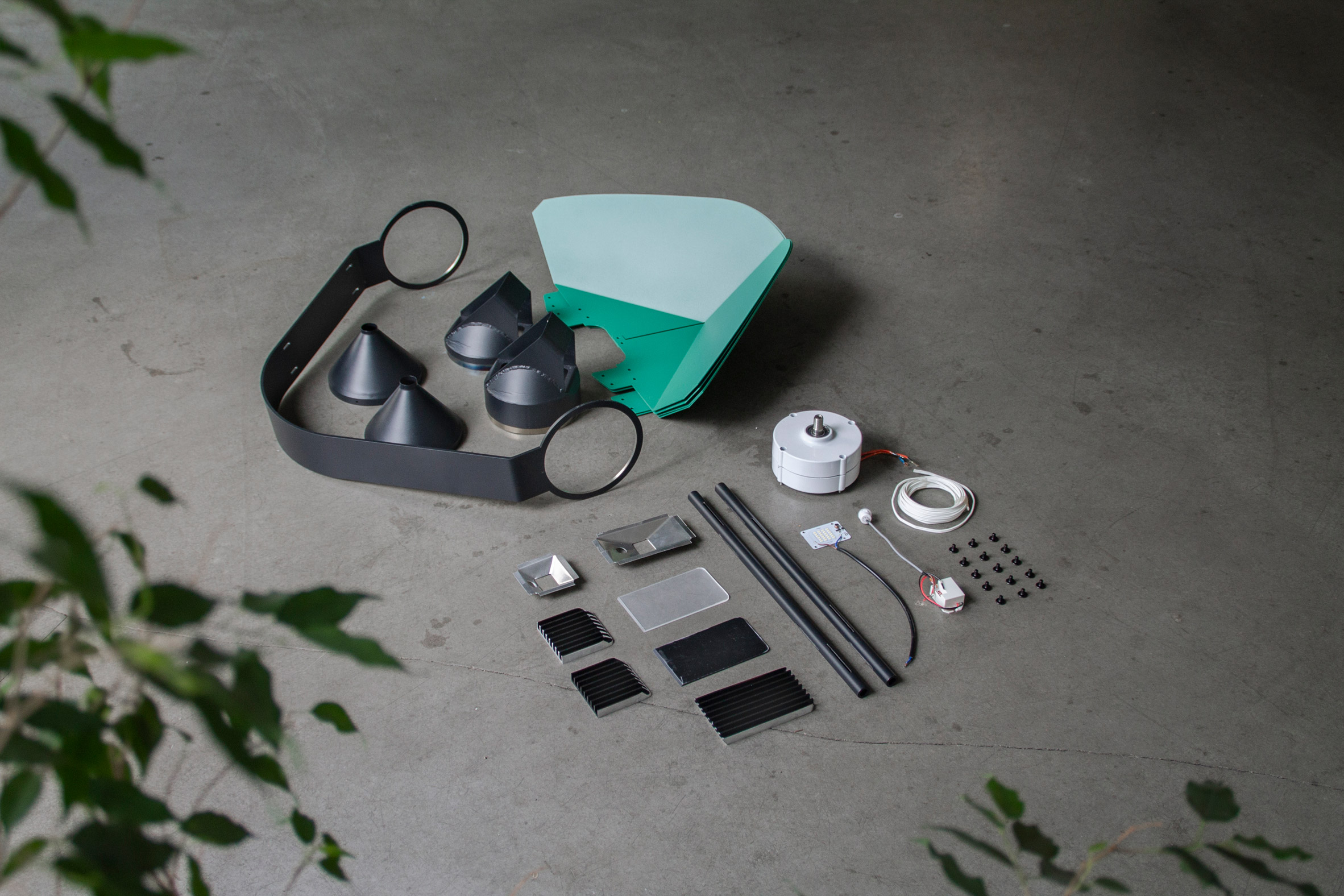 It can be assembled from simple components
It can be assembled from simple components
In a bid to illuminate our cities in a more sustainable way, other designers have instead drawn on the energy of the sun to create self-sufficient street lights.
Mathieu Lehanneur created petal-shaped outdoor lamps with integrated photovoltaic panels and spindly wooden stems for the 2015 Paris Climate Conference, while Ross Lovegrove worked with Artemide to set up his Solar Tree in cities around the world.
The post Papilio is a wind-powered street lamp that reduces light pollution appeared first on Dezeen.
#all #lighting #design #technology #sustainabledesign #studentprojects #streetlighting #graduates #windturbines #renewableenergy




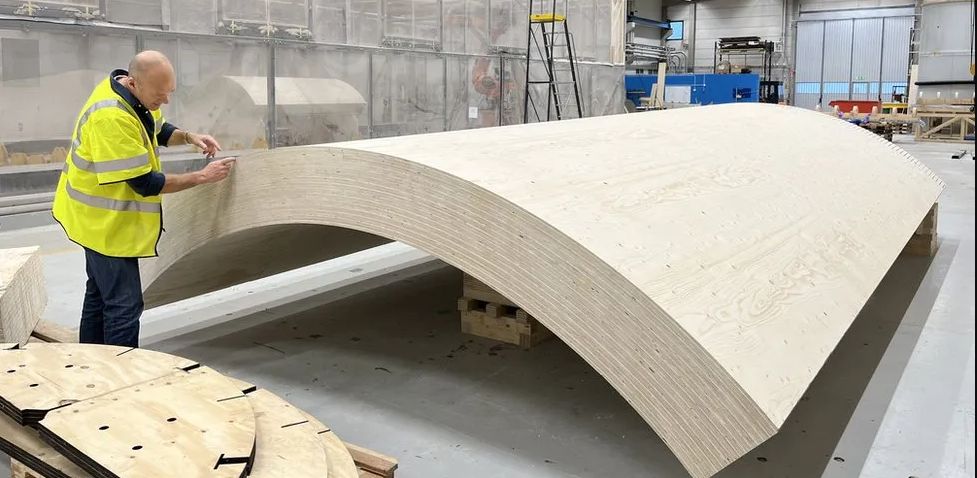
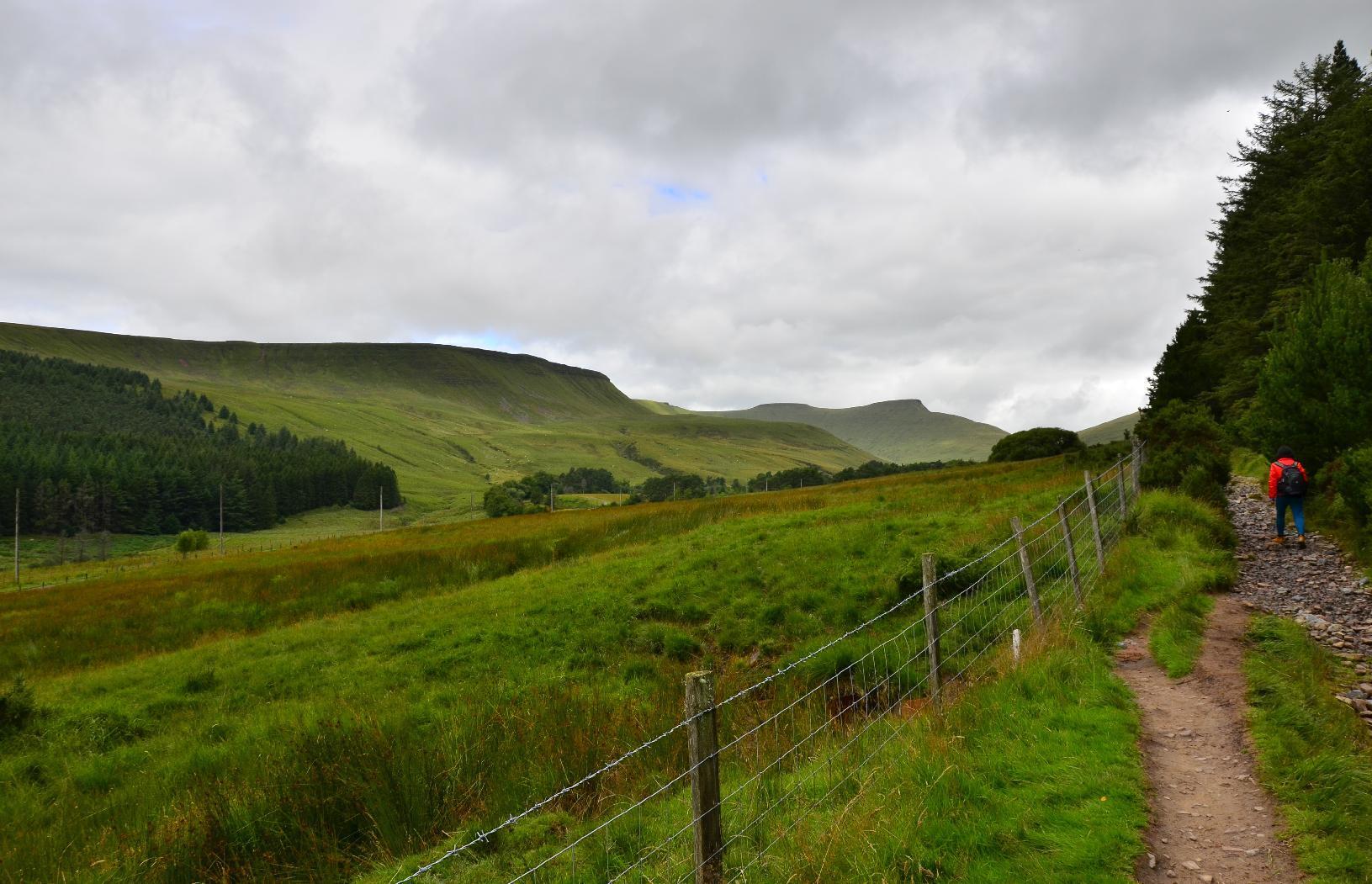
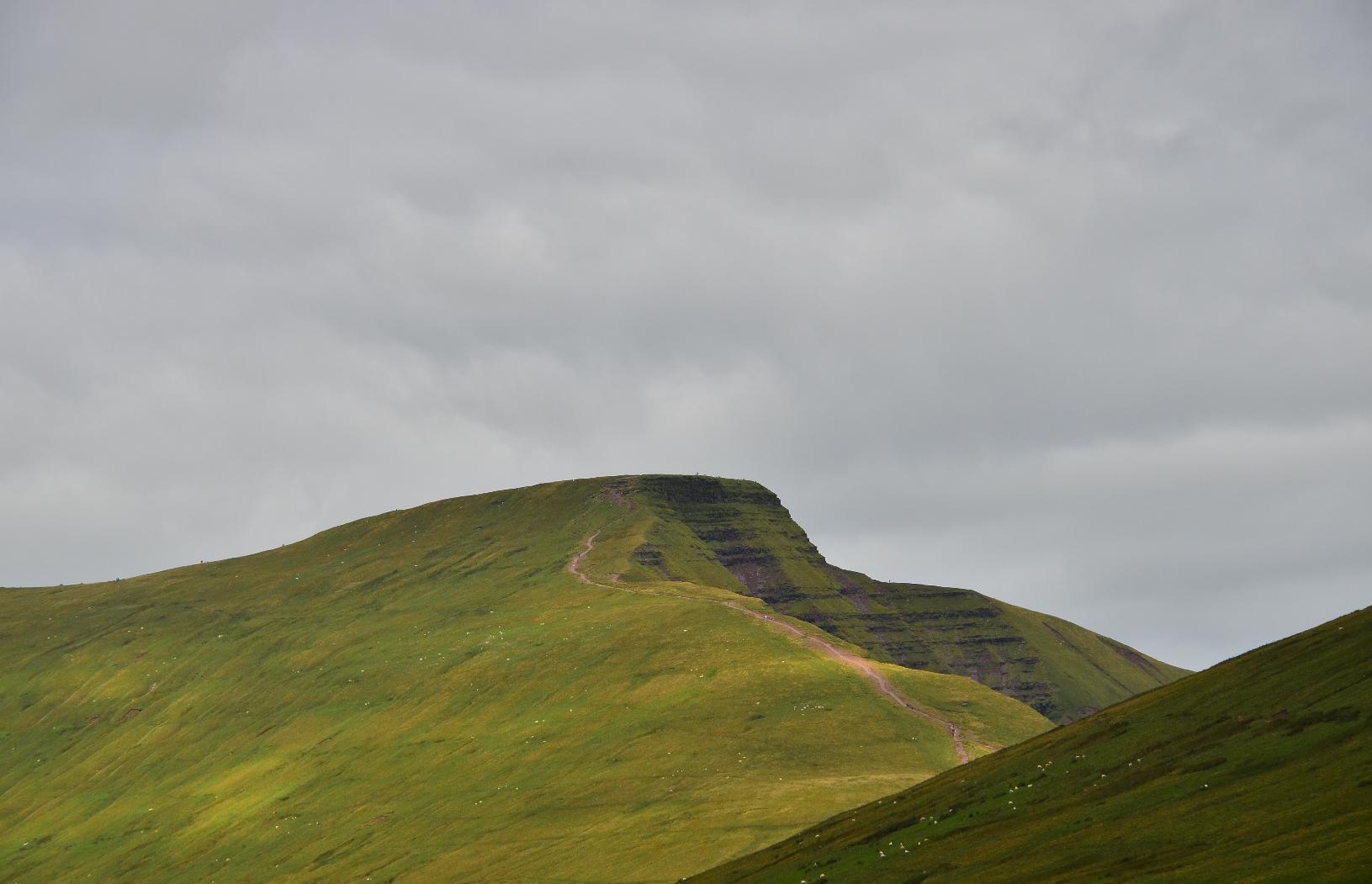
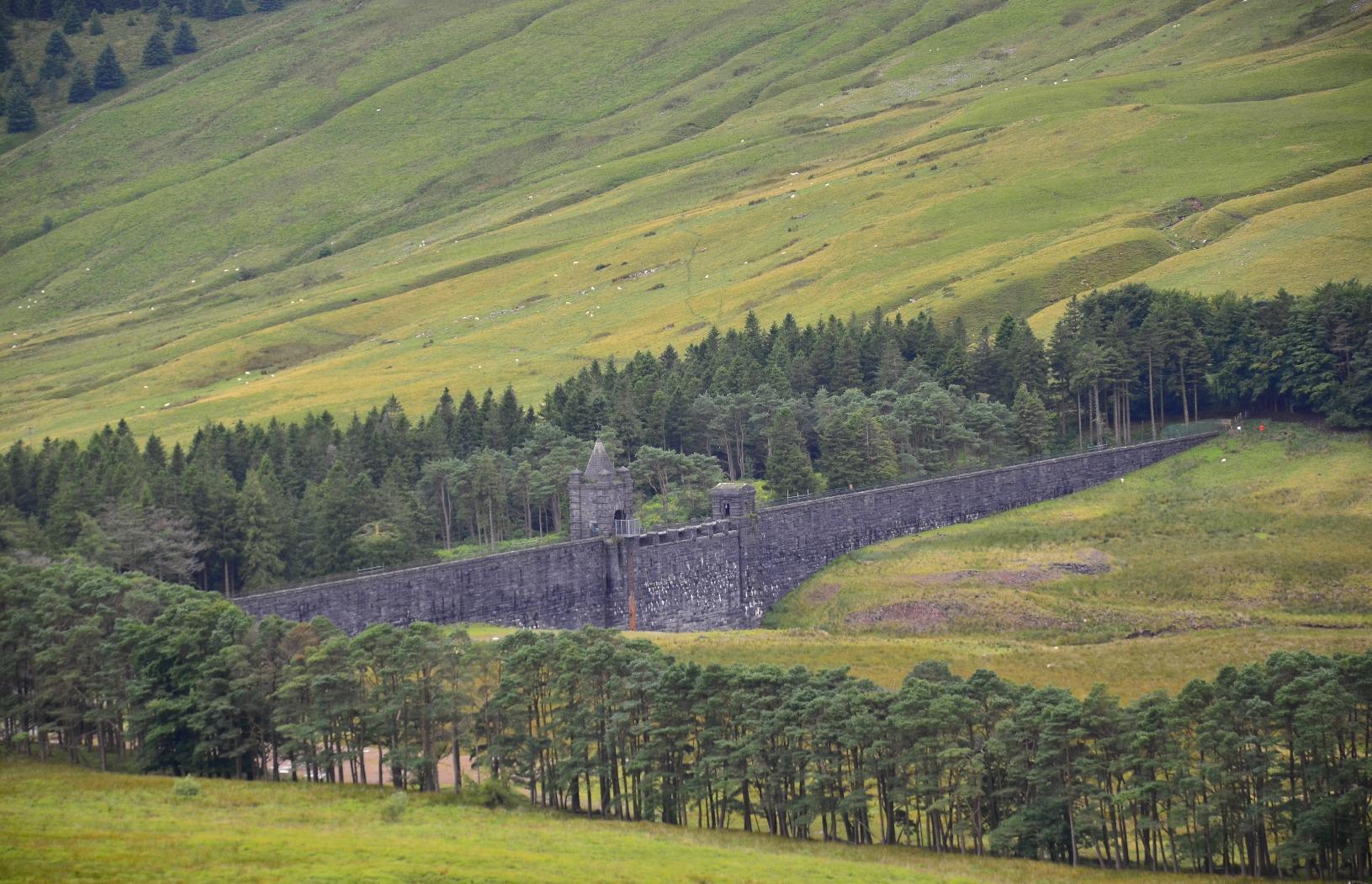

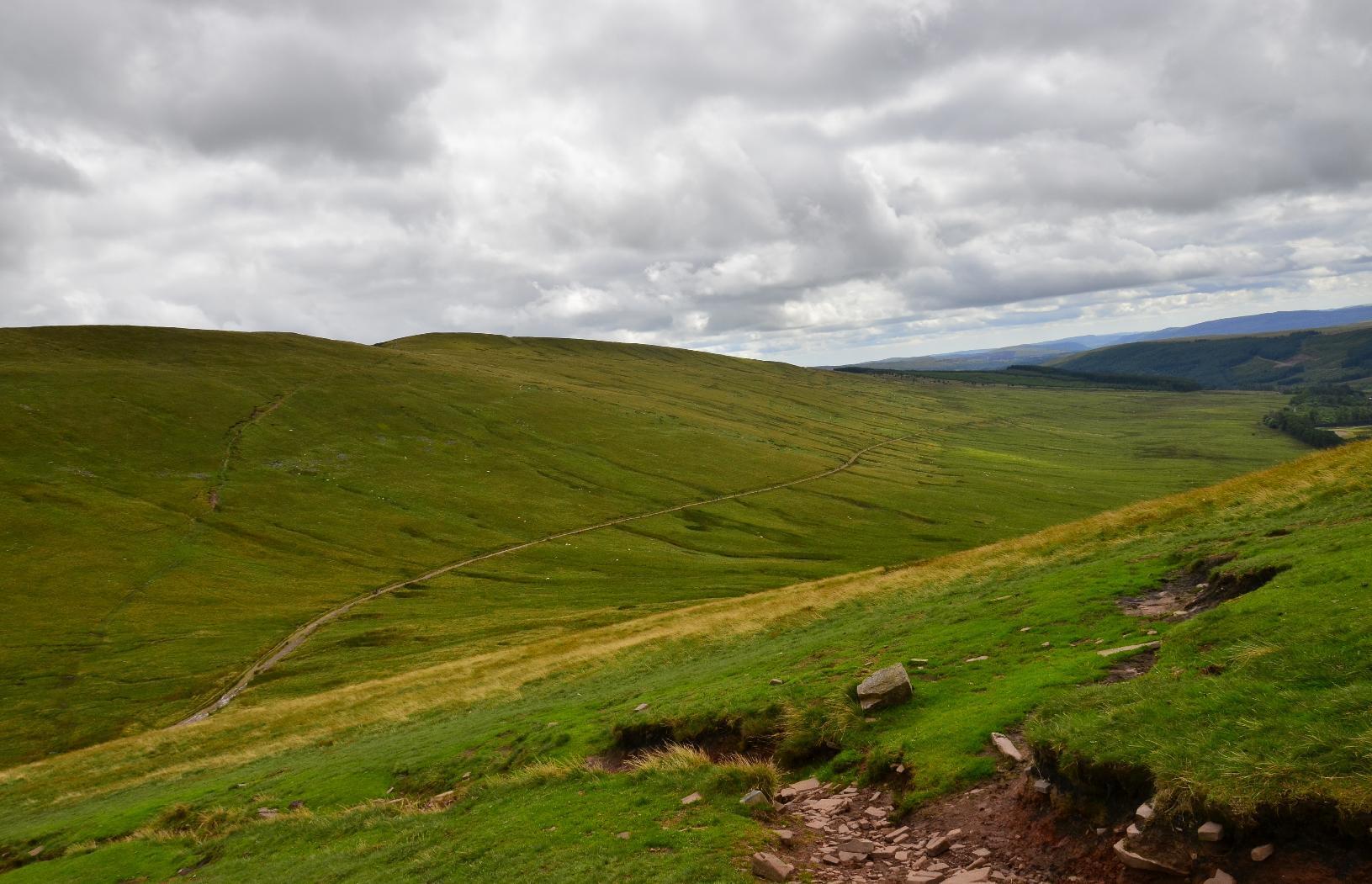
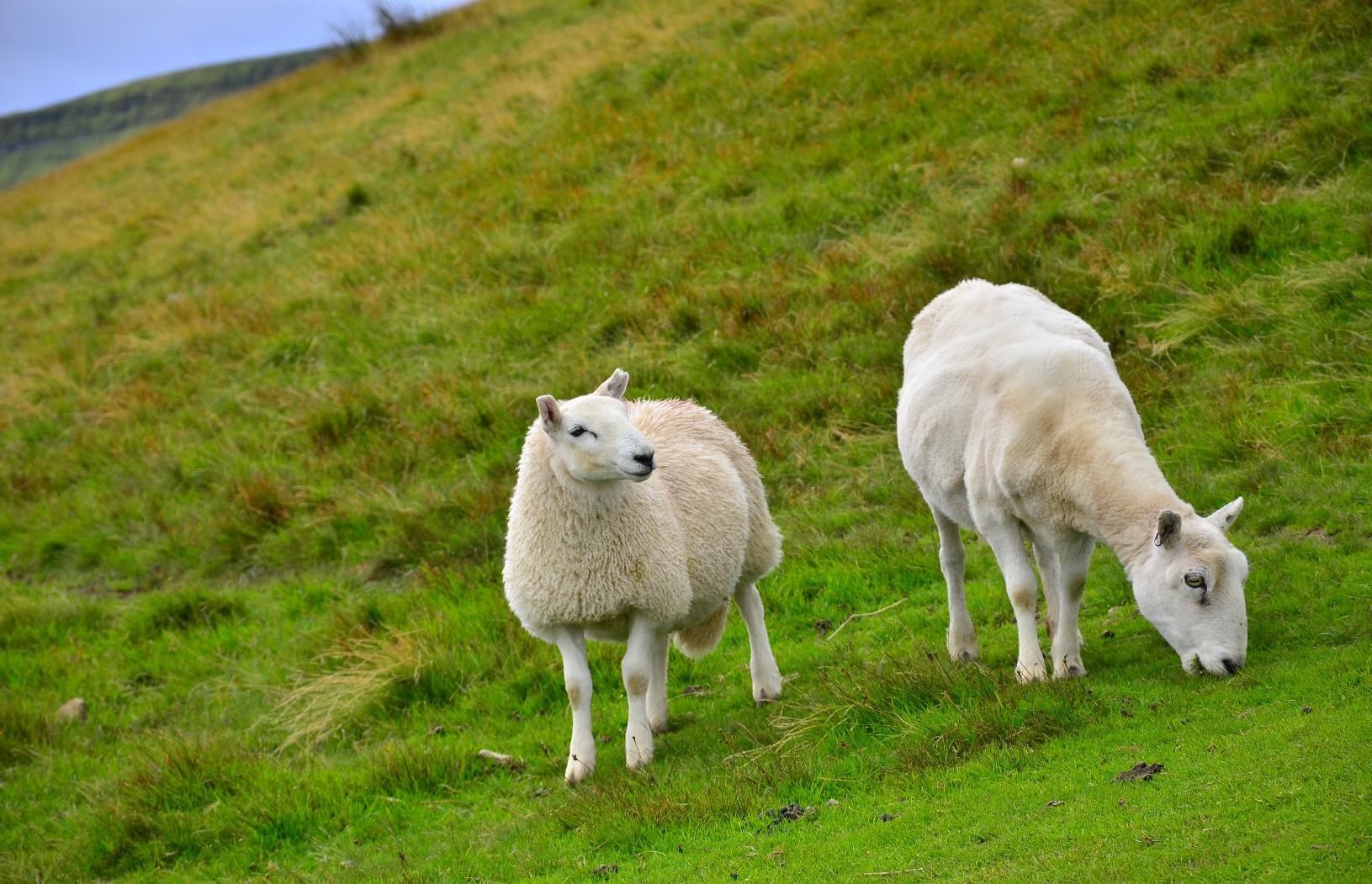
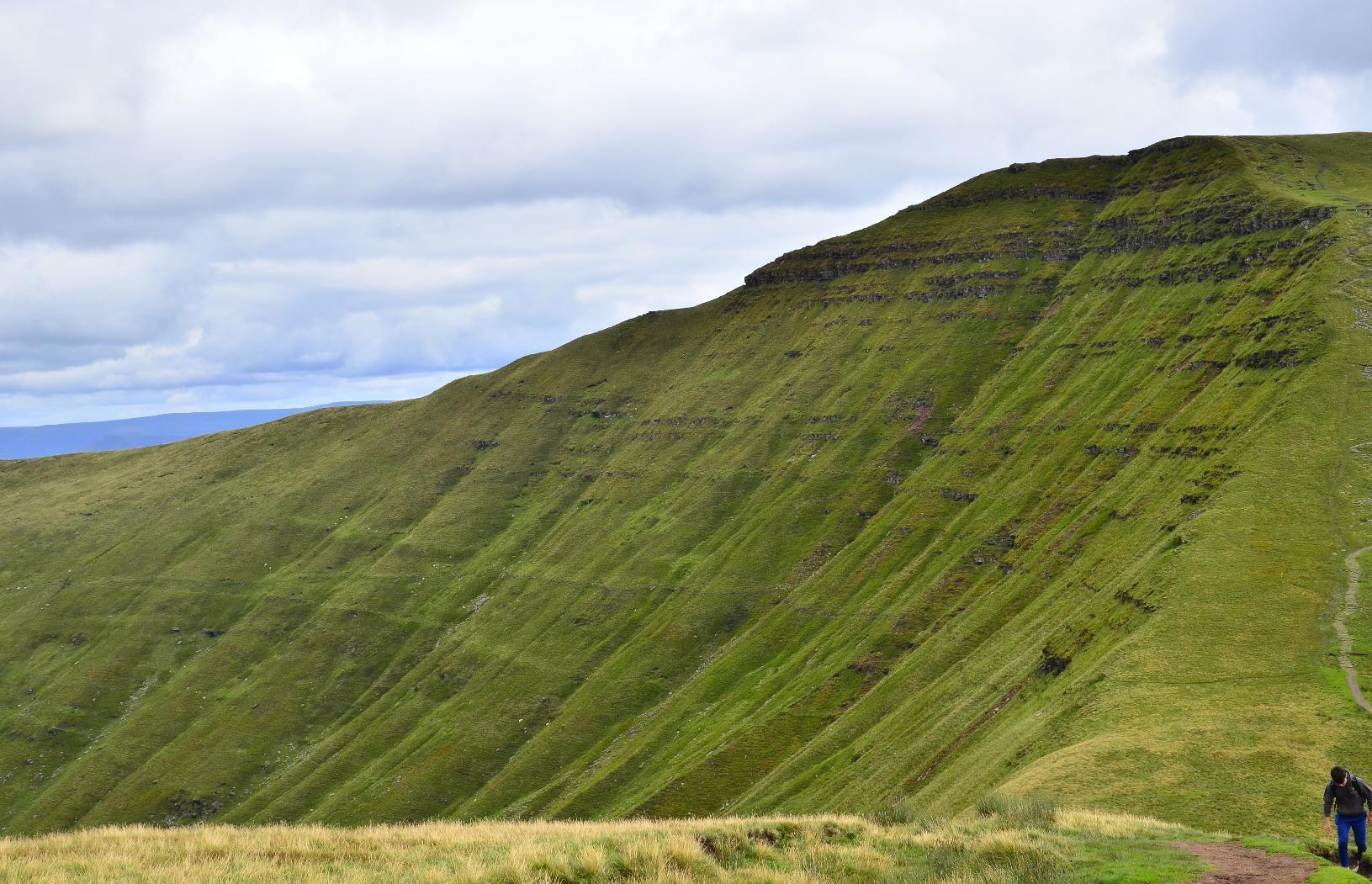
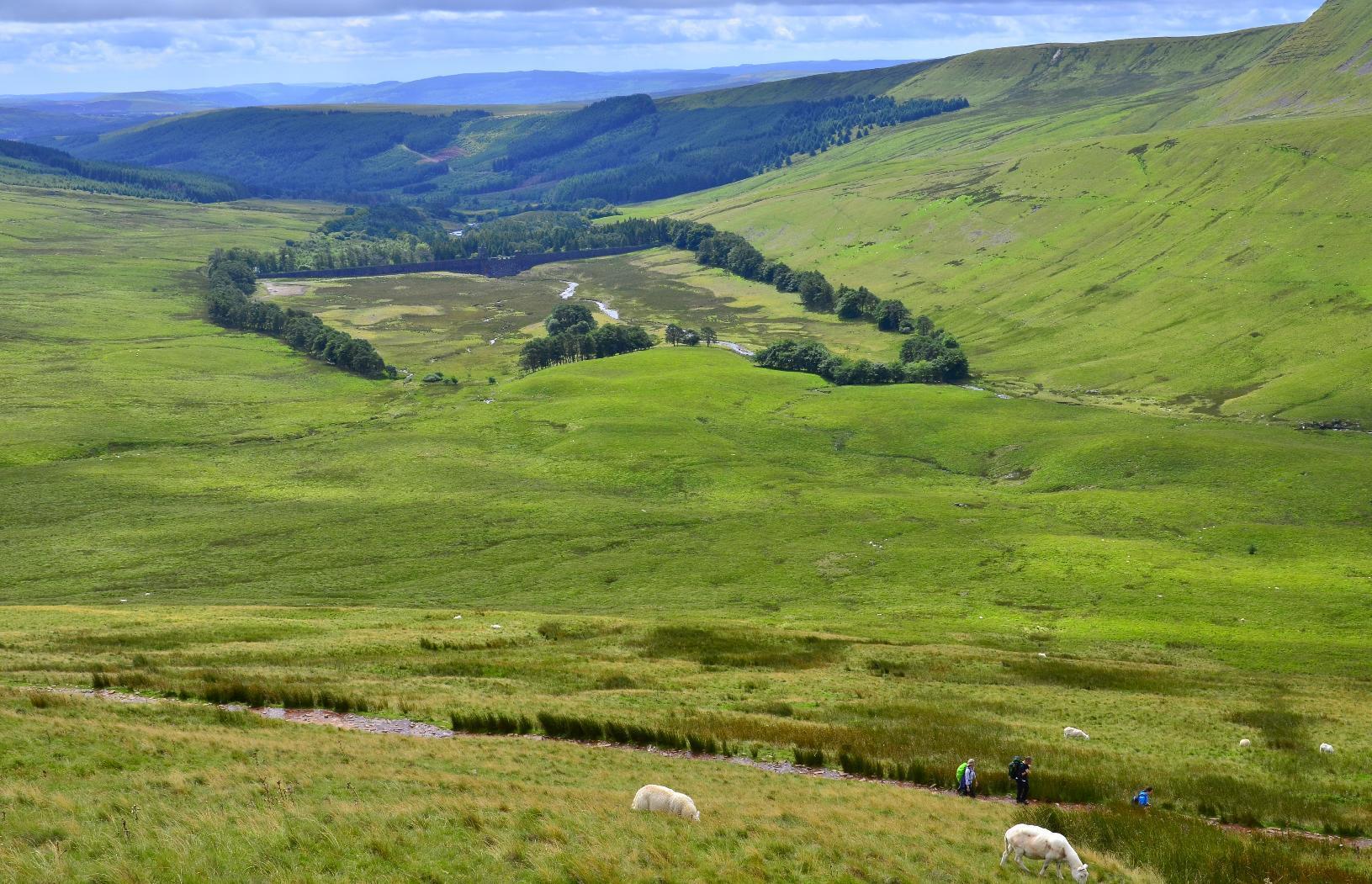
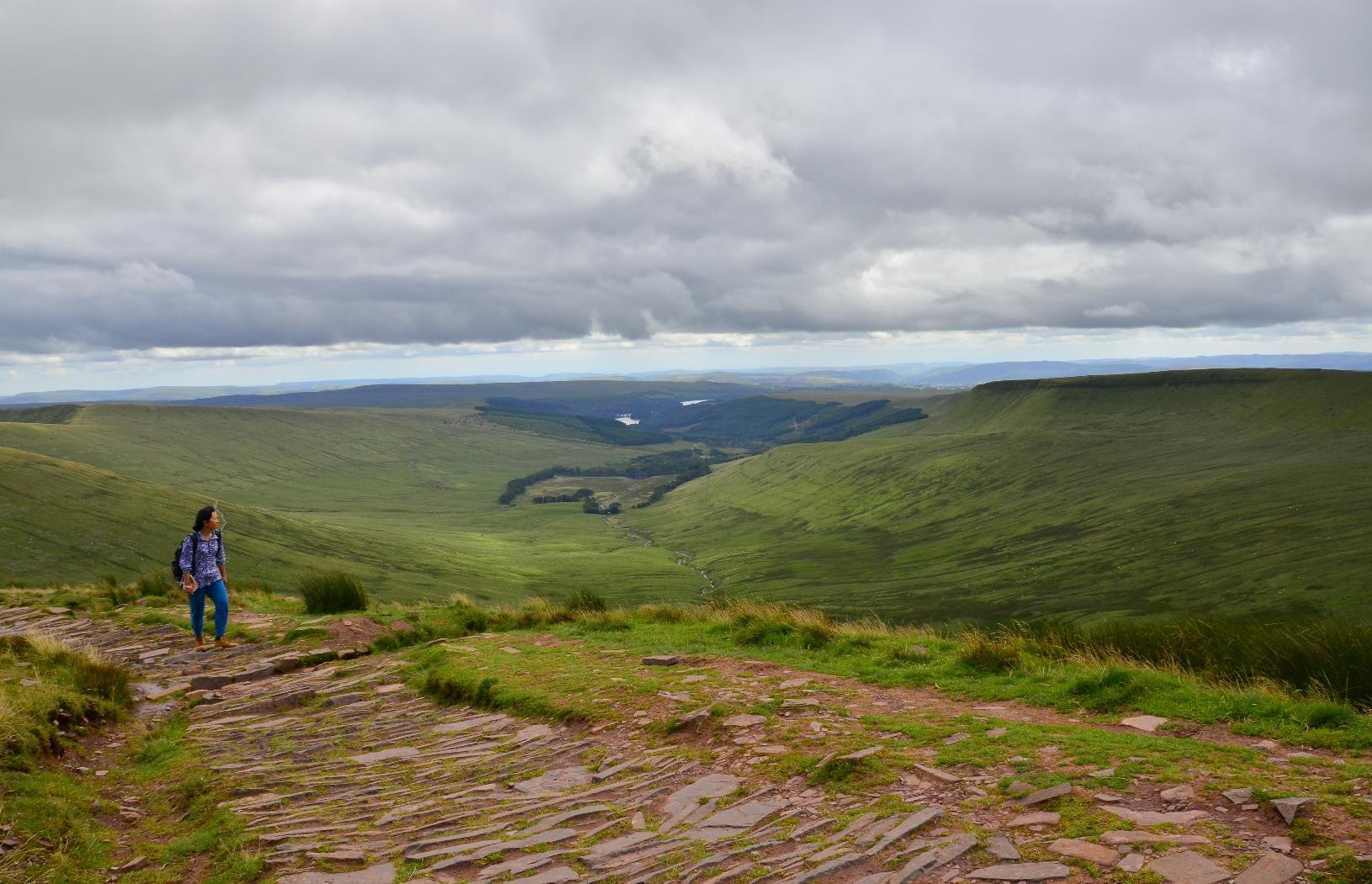
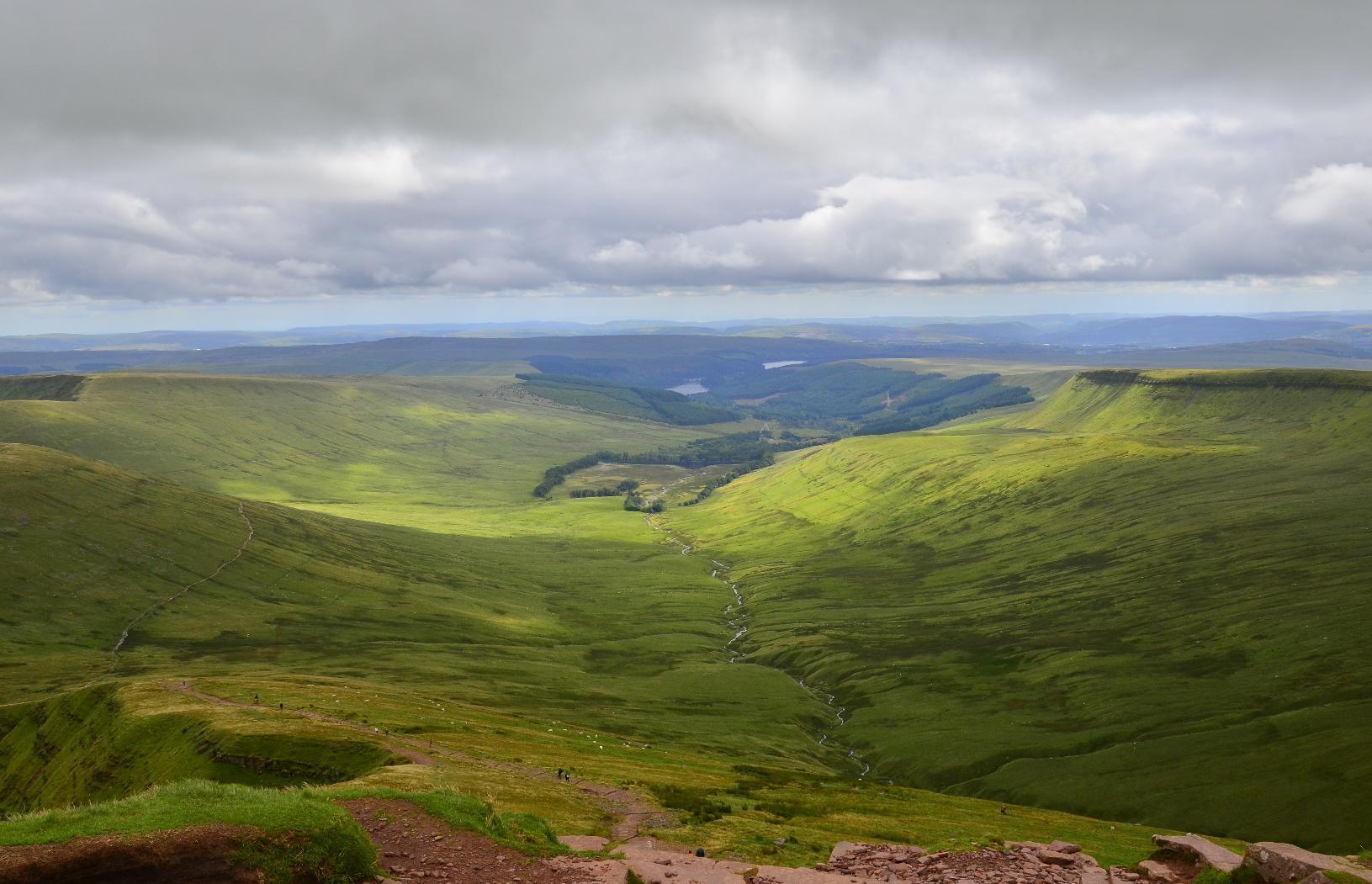
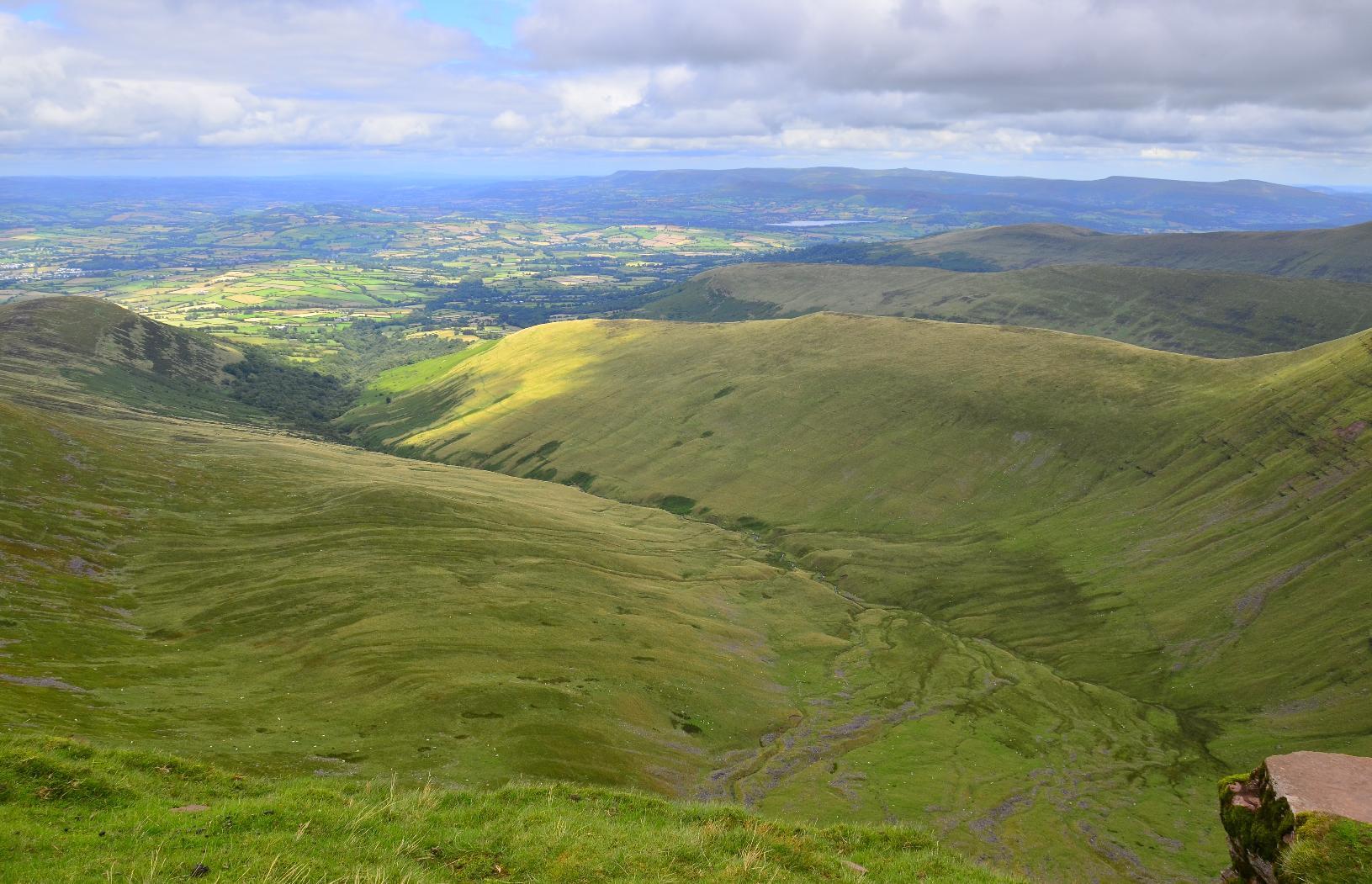
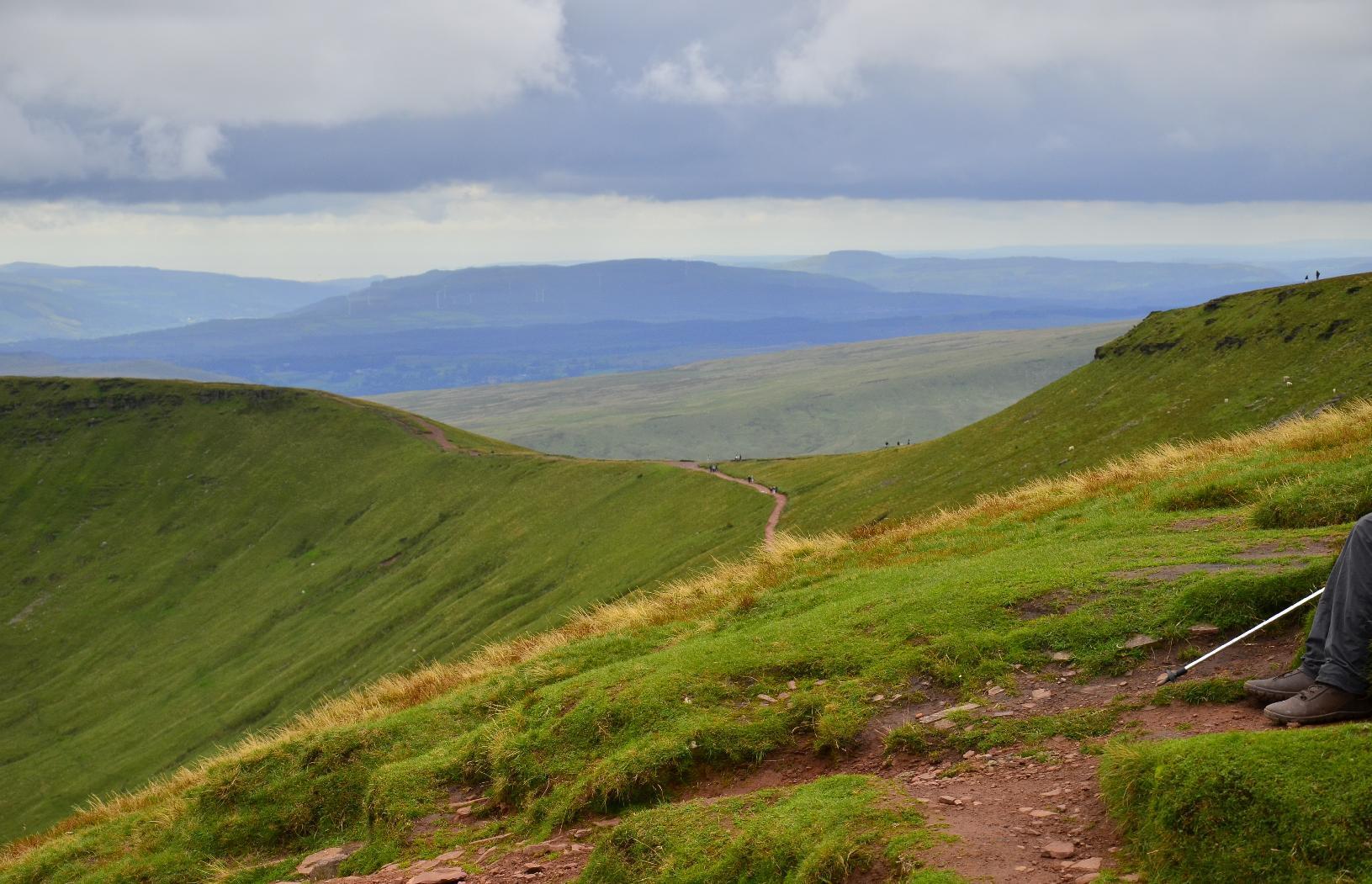

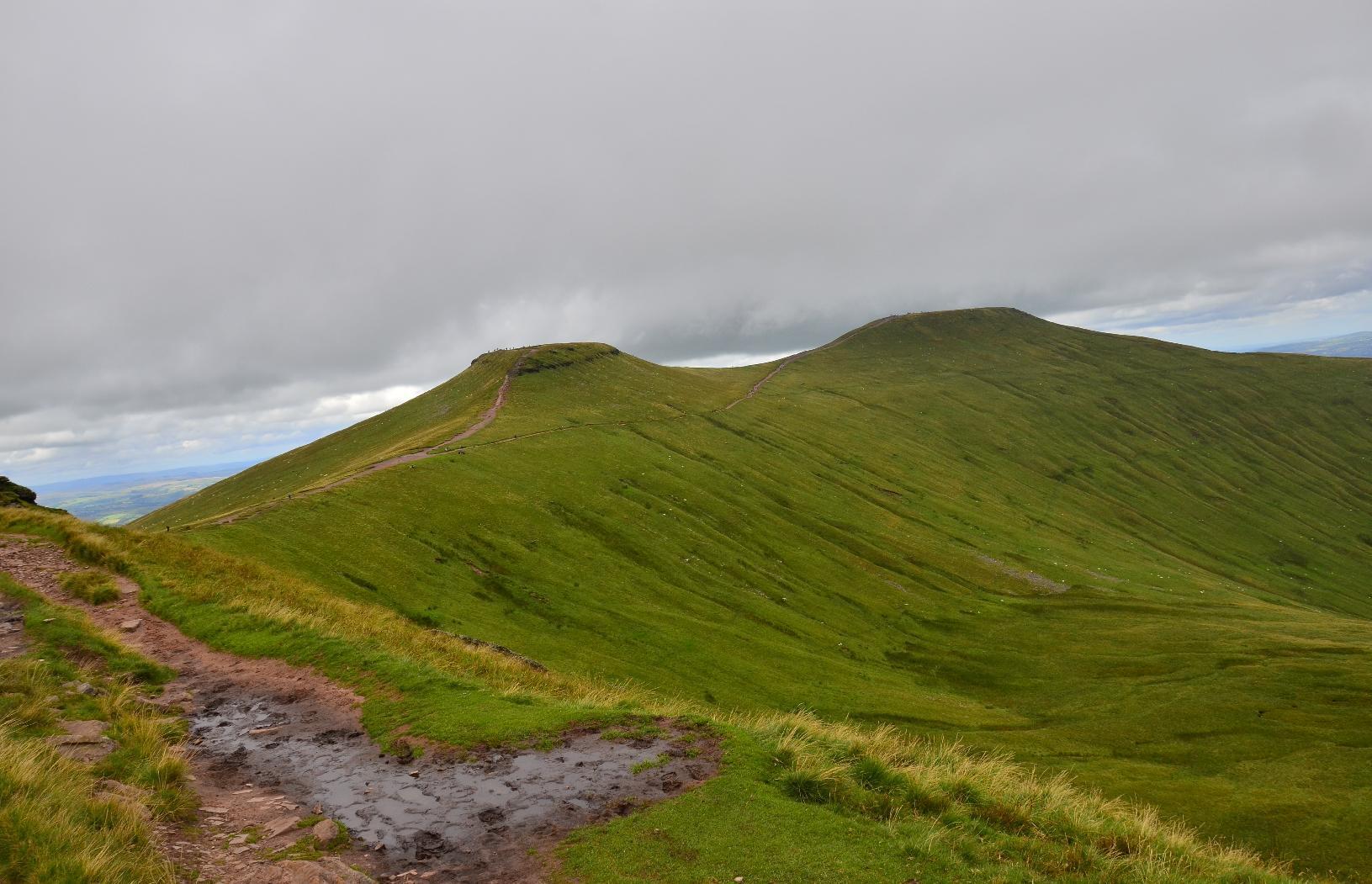
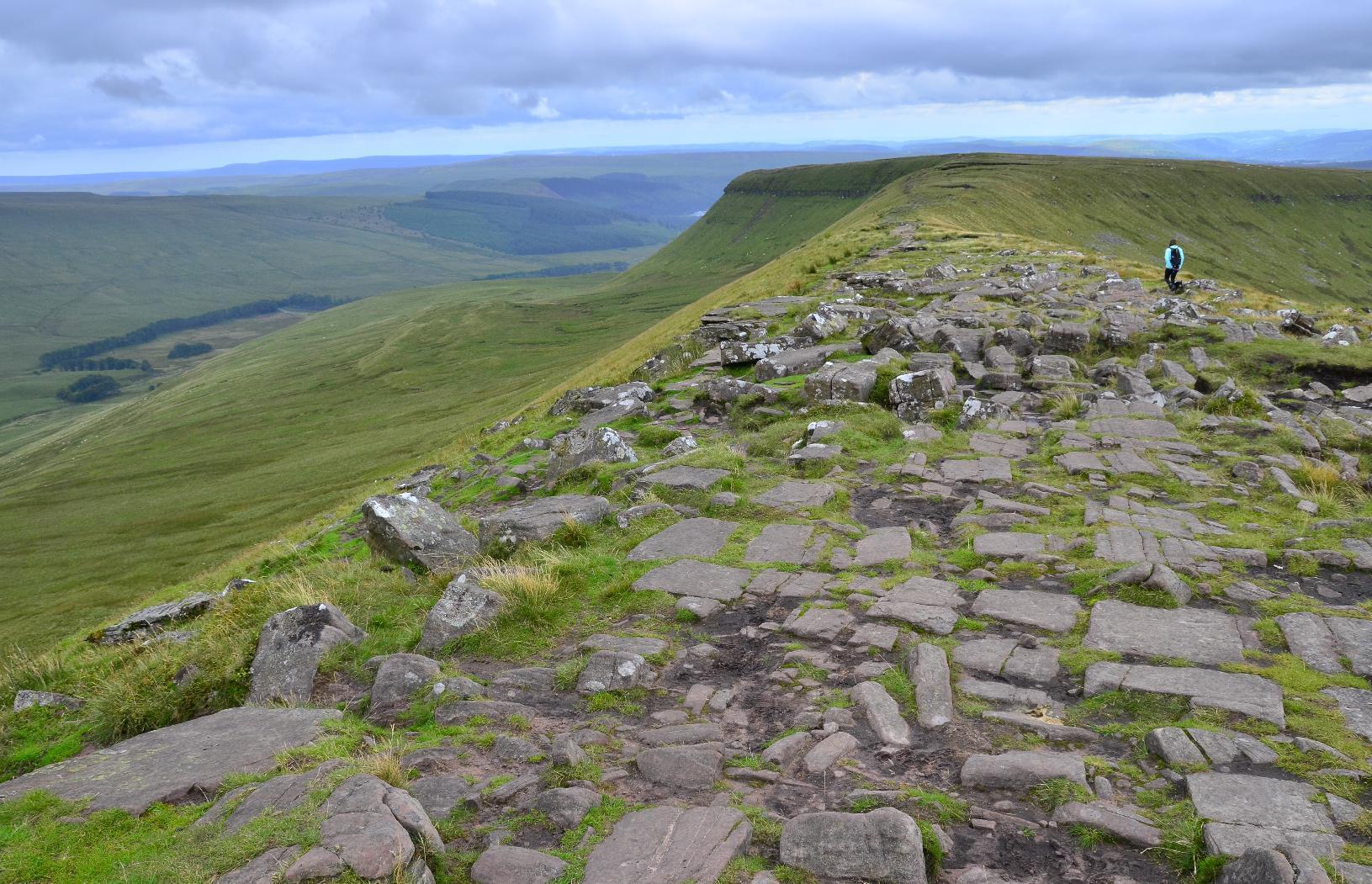
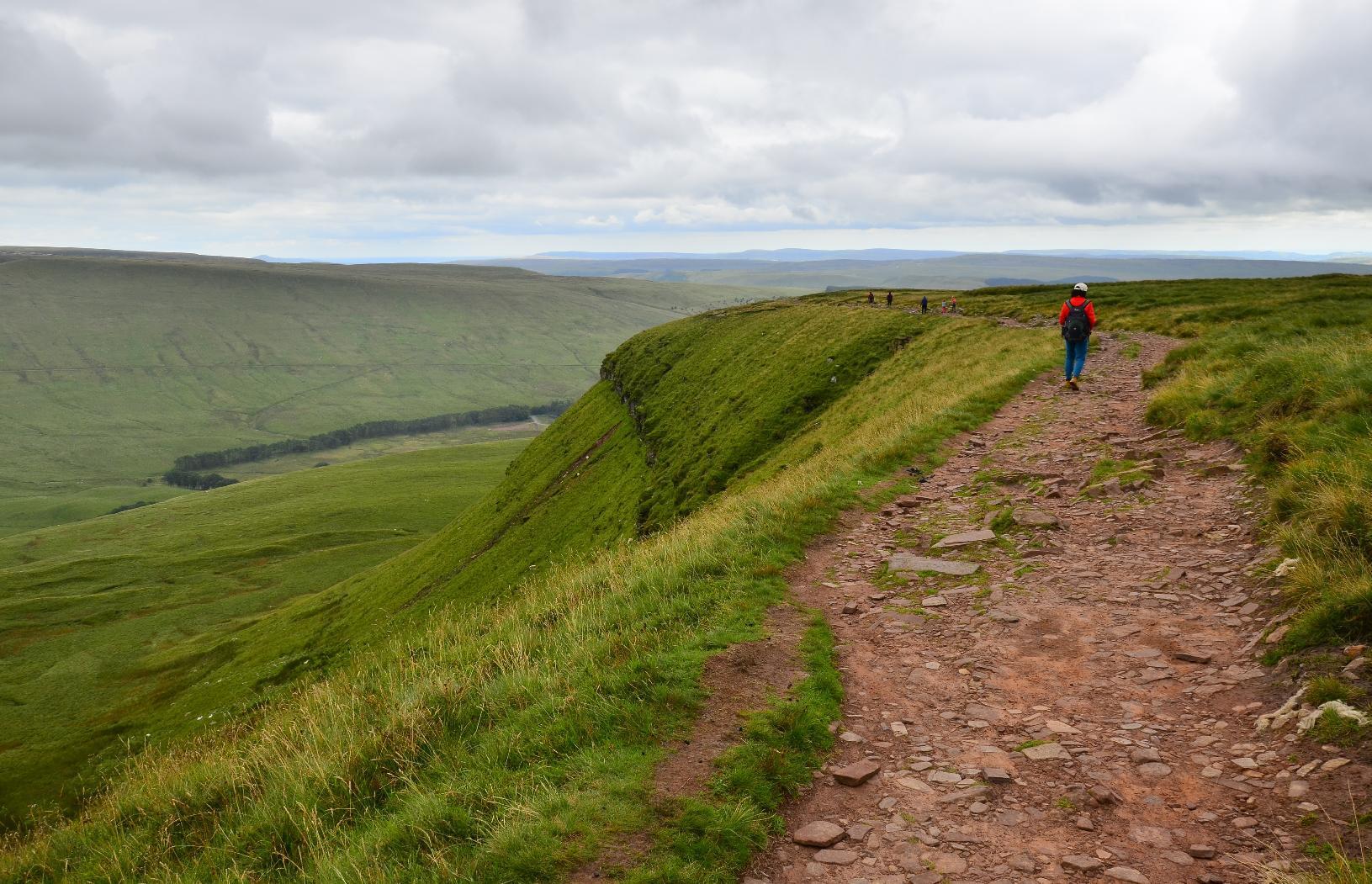
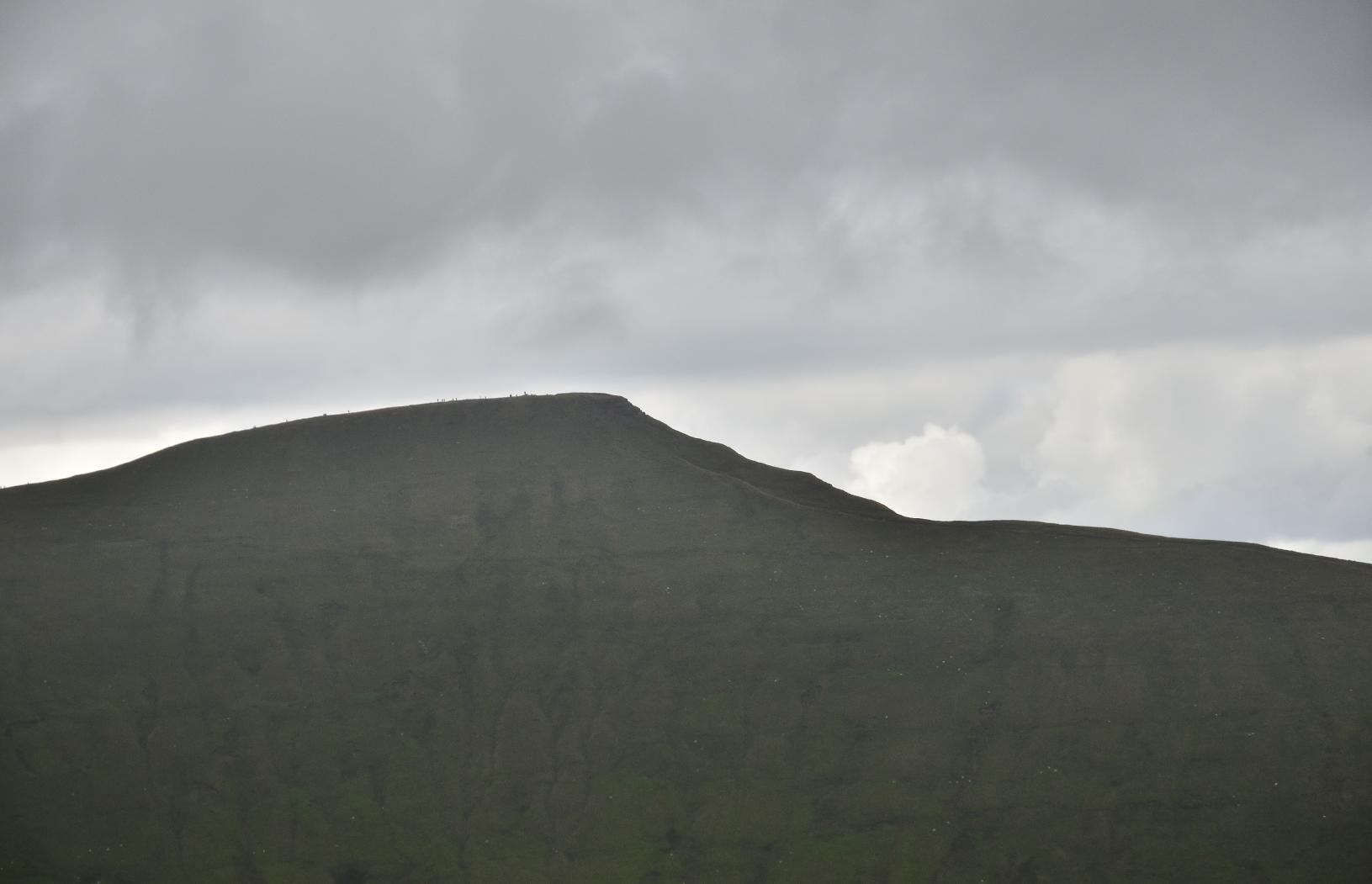
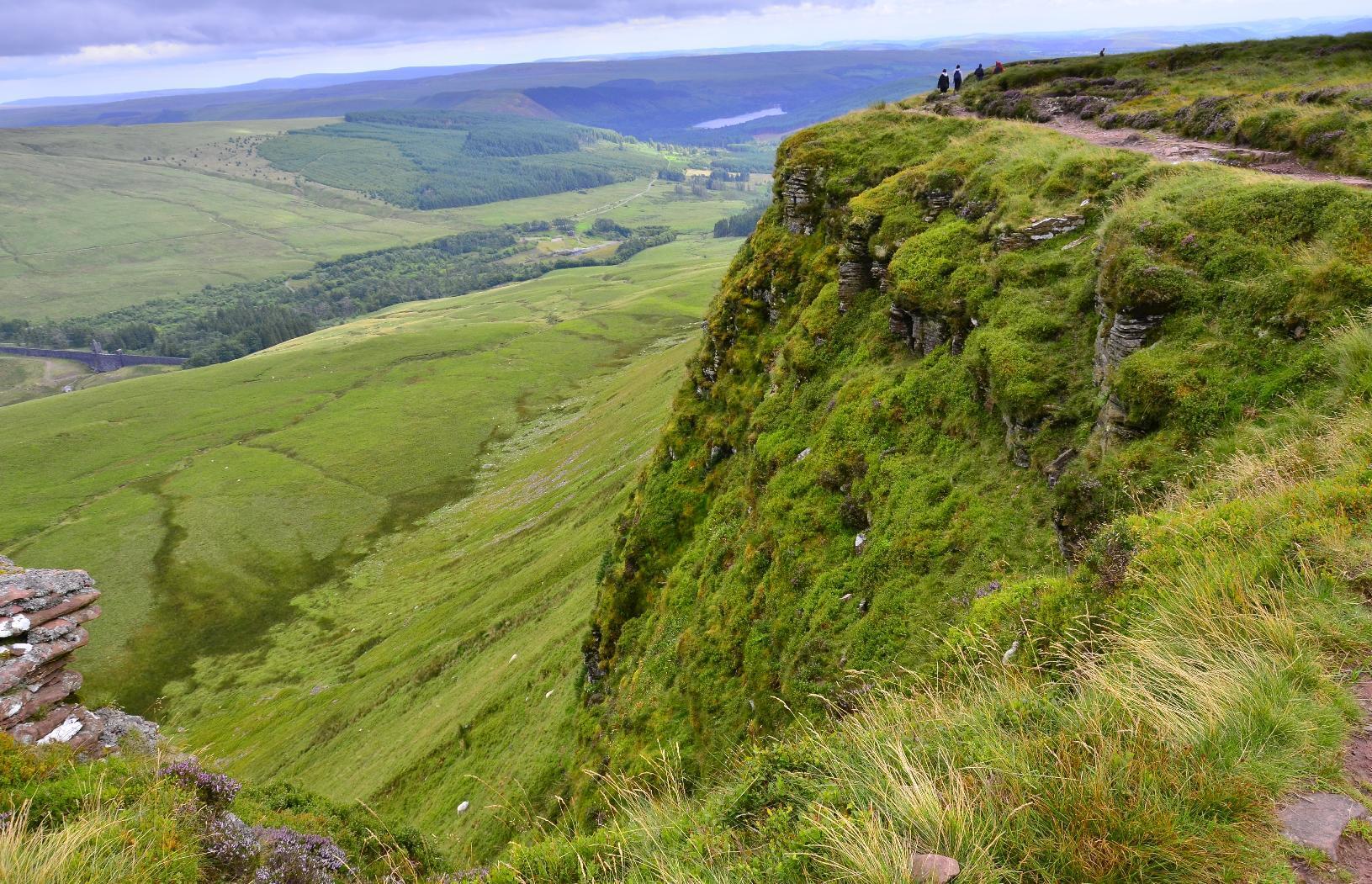
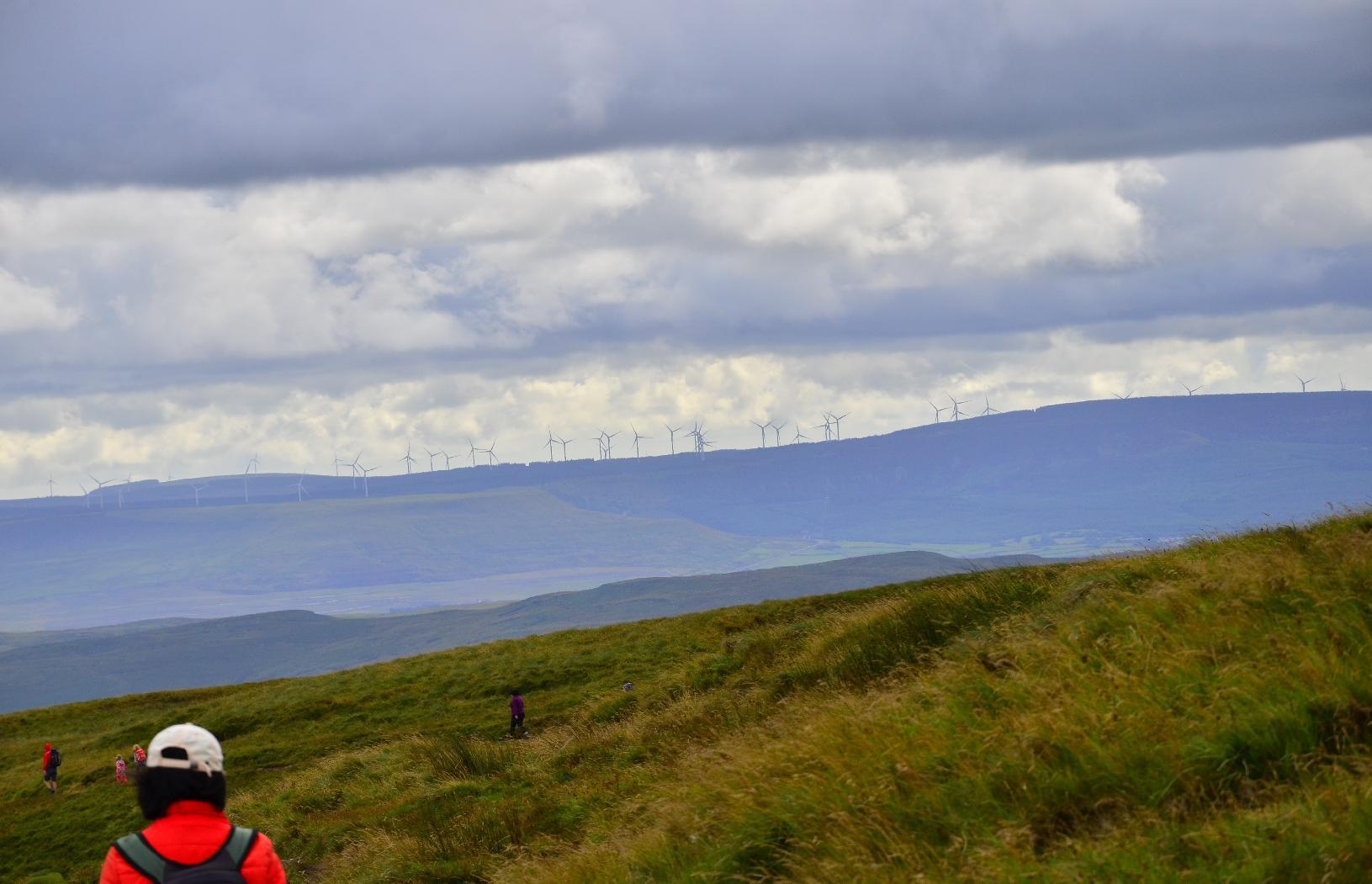

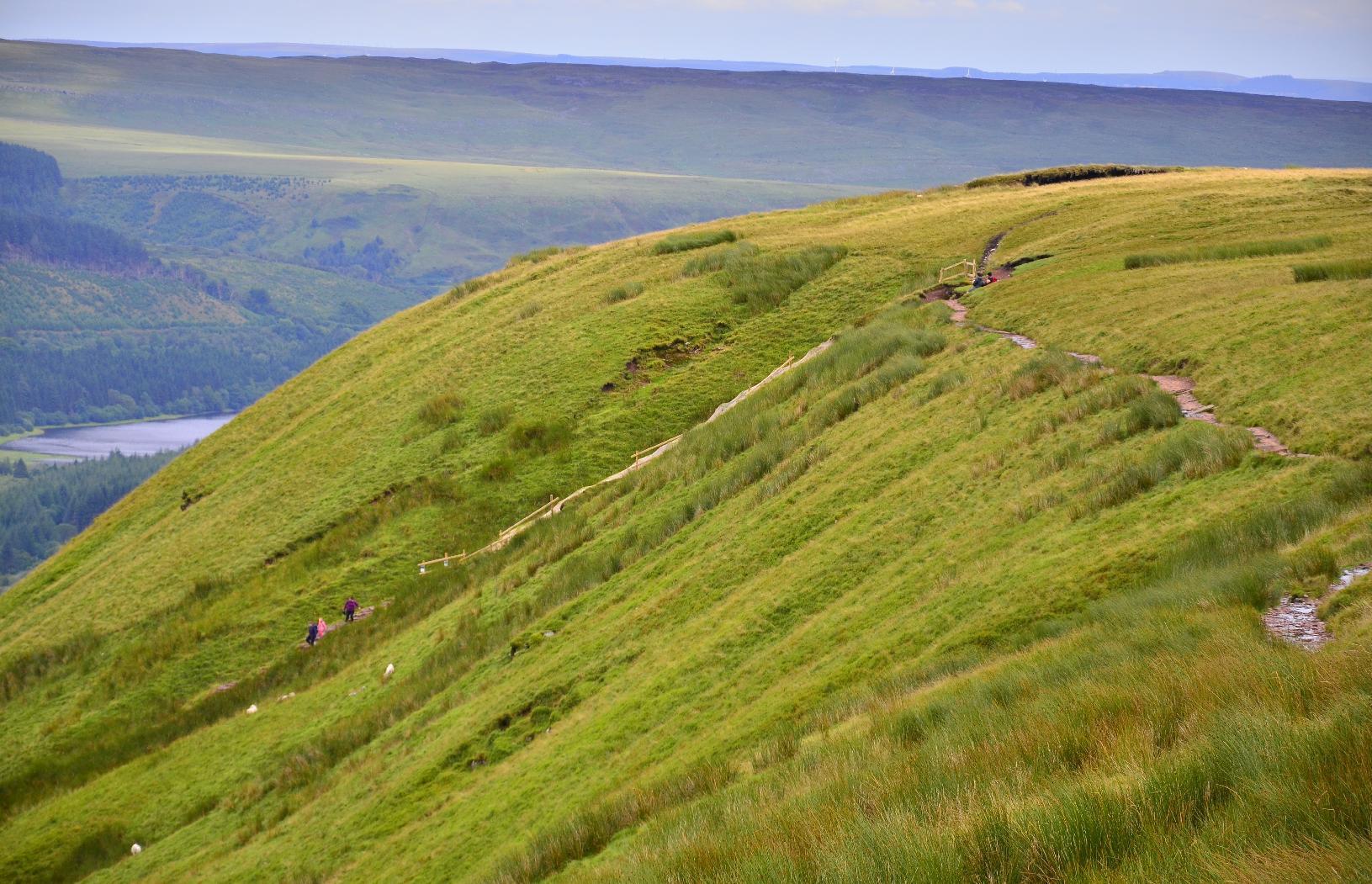
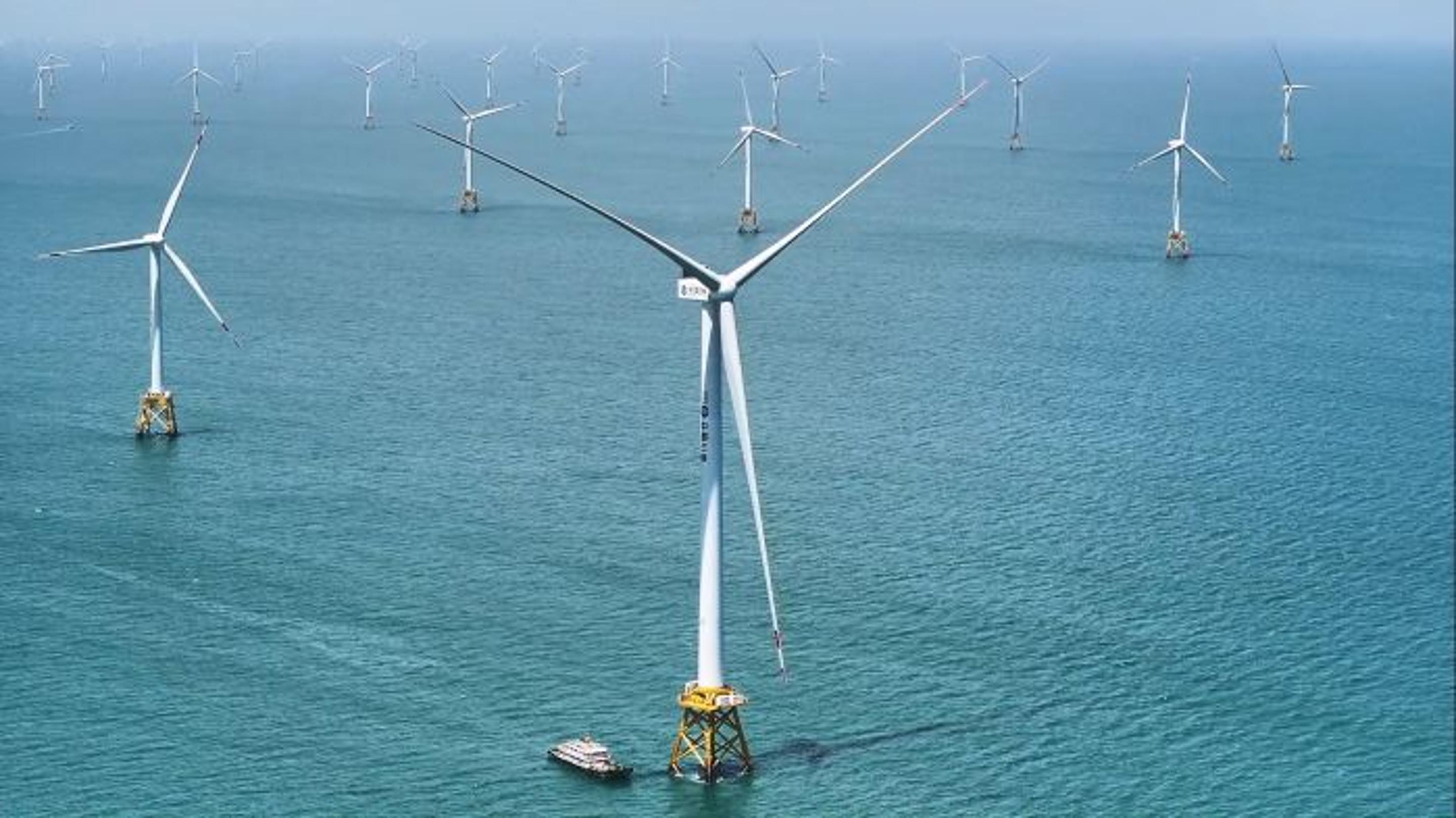
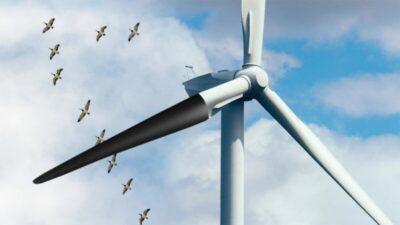

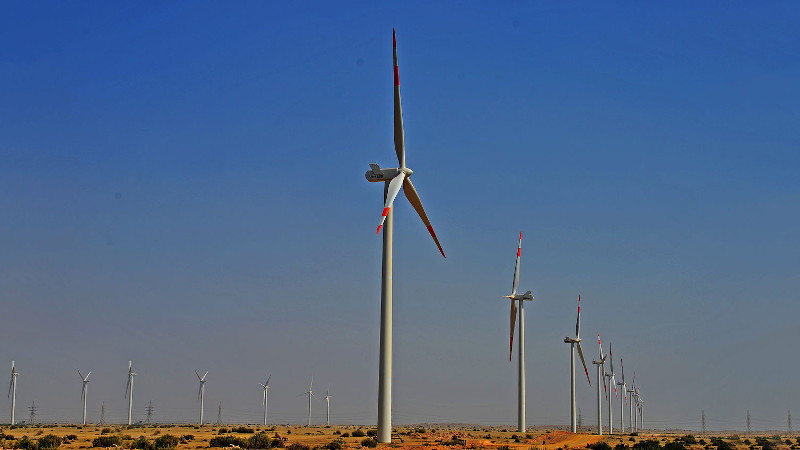






 Above and top image: the Papilio light can be wall-mounted or freestanding
Above and top image: the Papilio light can be wall-mounted or freestanding Its matt black body is designed to reflect as little light as possible
Its matt black body is designed to reflect as little light as possible The turquoise wind turbine is propelled by urban airstreams
The turquoise wind turbine is propelled by urban airstreams Its shape resembles a pinwheel
Its shape resembles a pinwheel Each turbine has four rotor blades made of folded sheet metal
Each turbine has four rotor blades made of folded sheet metal The light is a full cutoff fixture, meaning its head is pointed directly downward to minimise light pollution
The light is a full cutoff fixture, meaning its head is pointed directly downward to minimise light pollution Trübenbacher tested the light in various locations in Berlin
Trübenbacher tested the light in various locations in Berlin It can be assembled from simple components
It can be assembled from simple components